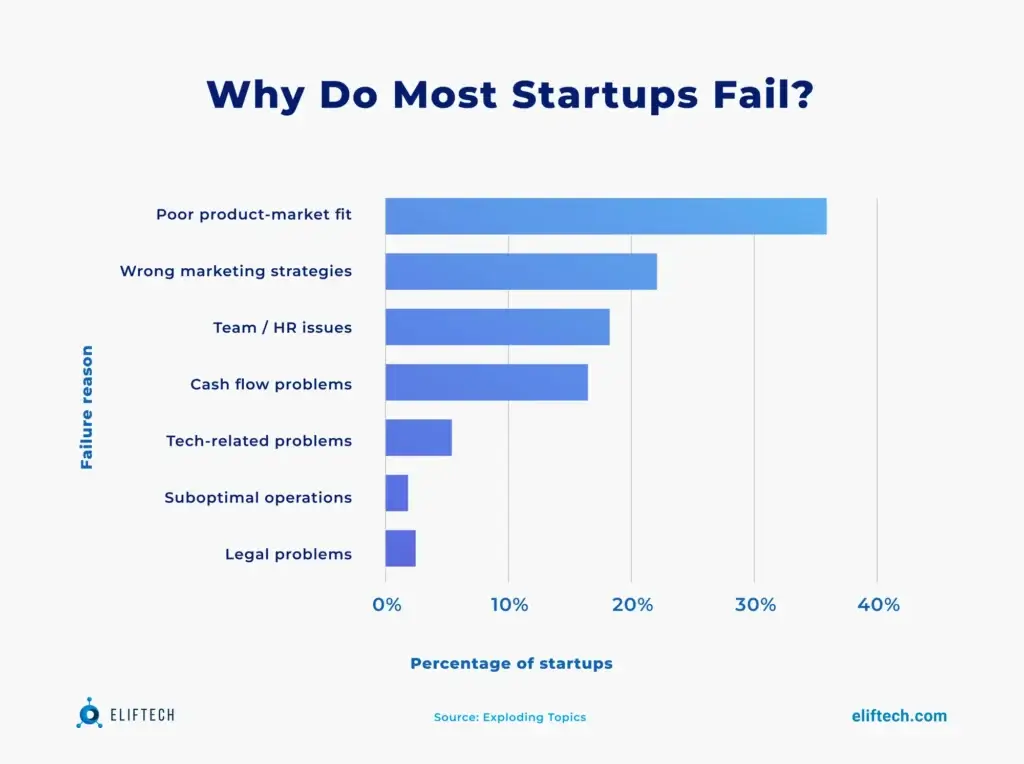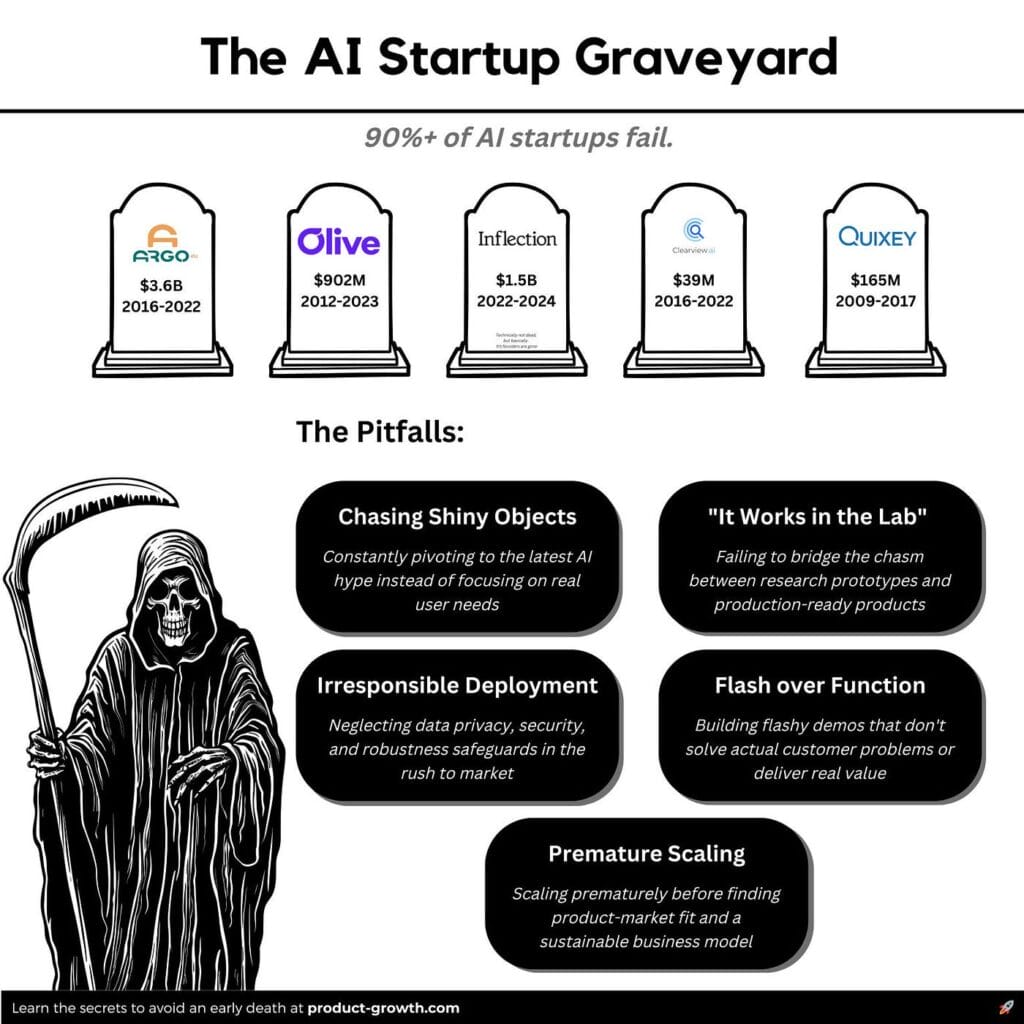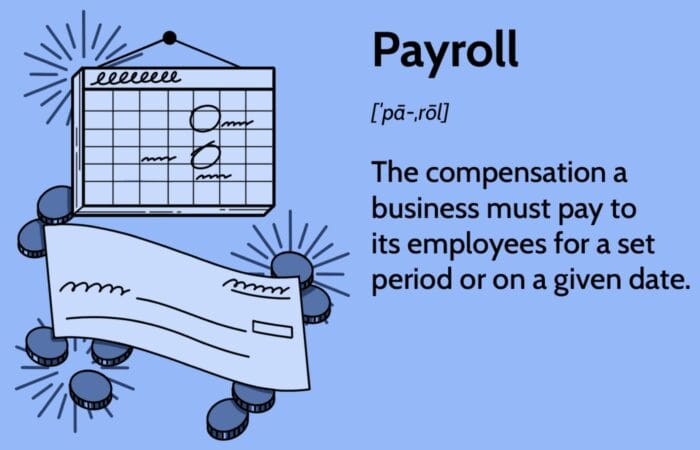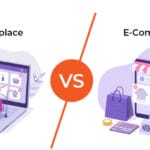Artificial intelligence has rapidly progressed from hype to indispensable asset, especially in the software tools…

AI gets talked about like it’s a pass to explosive growth. That’s the myth. The reality: I’ve seen more AI-powered SaaS startups fizzle out than go anywhere. A tidal wave of teams ship “disruptive” tools that barely make a ripple. Not because their technology’s weak, but because their marketing foundation is. If you want to understand why AI startups fail marketing, you have to look beyond the code and into the real-world strategies that separate the winners from the forgotten.
After working alongside scrappy bootstrappers and Series B-funded hopefuls pushing the latest algorithms and LLM wrappers, common patterns and AI challenges appear. Most new entrants fail in eerily similar ways. It’s not founder IQ, investor connections, or even product vision. The cracks show up in how they approach growth and position themselves in the actual marketplace.
If you’re an AI founder, product marketer, or just scouting the next possible winner, knowing why AI startups fail marketing isn’t only an academic exercise. It’s the difference between outlasting your burn rate and watching another slide deck collect dust.
Let’s diagnose the main traps and the marketing moves that actually move the needle in 2025.

The Feature-First Trap: Talking at the Market, Not To It
It’s hard to blame technical teams for this one. You spend a year forging core models, tuning your inference pipeline, and multiply your “GPT-4 Turbo” claims in every pitch deck. The launch comes. The home page yells about AI-powered everything. Yet… nobody clicks “request demo.”
This approach falls flat because most buyers can’t tell — and don’t care — who uses the biggest transformer model or achieves “90% cost savings via proprietary inference.” Features and generic AI descriptors feel interchangeable. The parade of “intelligent dashboards,” “1-click automations,” and “NLP-driven whatever” blurs together.
If you’re looking for standout examples of what actually resonates, check out our curated list of the best AI SaaS tools of 2025 to see how top products differentiate beyond features.
Why “It’s AI!” No Longer Sells
Buyers—be they RevOps leads, HR directors, or VPs of Engineering—have become numb to AI buzzwords. By 2025, every SaaS pitch promises more intelligence and automation than the last. The novelty’s dead. What buyers still crave are two things:
- Clear pain resolution. Can you eliminate a daily grind they hate, an error they fear, or a bottleneck that decimates their KPIs?
- Business results. Can you show (with proof) that adopting your platform drives delta in revenue, efficiency, compliance, or employee satisfaction?
Successful AI SaaS marketing now reframes around before-and-after stories, use-case specificity, and talking about jobs-to-be-done instead of just algorithms-to-be-run.
No Scalable Growth System: The “Hope Strategy” That Sinks Teams
Here’s a pattern I’ve seen too many times: scrappy teams launch on Product Hunt, spam 1,000 cold emails scraped from LinkedIn, and run a $500 LinkedIn campaign targeting “Anyone in SaaS.” Then they pace, refreshing their analytics dashboard, waiting for that breakthrough spike.
Growth is treated like a lottery draw — maybe this launch, this tweet, or this newsletter inclusion triggers their hockey-stick moment.
It almost never does.
Why AI SaaS Marketing Flounders Without Systems
Startups who keep marketing as a secondary, haphazard afterthought lose ground fast. No one “finds” your category-defining product unless you build intentional, repeatable ways to get in front of the right buyers. This is a core reason why AI startups fail marketing: without a system, even the best products get lost in the noise.
Only after the early “friends and family” logo wins do most teams realize their pipeline’s bone-dry. That’s when burn accelerates and panic sets in, sometimes camouflaged as a frantic pivot.
A Table: Common Unscalable Tactics vs. Repeatable Growth
| Failing Tactics | Why They Stall | Repeatable Growth Plays |
|---|---|---|
| Broad cold email blasts | Annoy buyers, low reply rate | Targeted outbound to hyper-relevant lists |
| Single launch campaigns | Vanity spikes, then silence | Multi-touch nurturing, retargeting |
| Hoping for virality | Unpredictable, rare | Content, SEO, and referral loops |
| Big spend on vague ads | Wasteful, unclear ROI | Persona-driven creative, funnel tracking |
For those seeking proven, scalable approaches, our guide to the best marketing software of 2025 breaks down tools that support repeatable growth systems.

Betting the Shop on “AI” as the Unique Selling Point
Here’s the hard reality: AI isn’t the unique part anymore. By 2025, the market expects every SaaS tool to weave in language models, predictive scoring, or smart automations. “We use AI” is background noise.
Teams clinging to “we’re the AI-powered version” are running out of runway, fast, often due to their failures to innovate beyond AI. AI alone isn’t a moat.
What Buyers Really Pay For
Winning platforms differentiate on:
- Speed and simplicity: Does your UX erase friction?
- Tight integration: Can it nestle into their stack or workflow with minimal pain?
- Clear, measurable outcomes: Can you point to user stories, metrics, profitability, or third-party validation?
- Niche relevance: Are you the best for a vertical, role, or use case — or just the flashiest generic option?
By now, raw AI capability is table stakes, not a category creator.
If you’re building for sales teams, you’ll want to see how the best AI sales tools of 2025 are positioning themselves for real-world impact.
What Actually Accelerates AI SaaS — New Playbooks for 2025
From my own cycles with dozens of AI SaaS campaigns, the playbook for reliable growth has gotten sharper. Here’s what’s getting traction now:
1. Hyper-Narrow Targeting and Messaging
Mass appeal might sound enticing for a seed deck, but focused wins build real momentum. The most explosive B2B SaaS go-to-market stories start by owning a micro-niche:
- Job title: “Automating daily reporting for RevOps managers at $10M-$50M SaaS companies.”
- Workflow: “Turning inbound legal document triage into one-click QA for in-house law teams.”
- Industry twist: “Compliance AI, purpose-built for EU fintech, not generic finance.”
Every ad, landing page, case study, and cold email speaks directly to this persona — in their language, with their pain points. These buyers don’t need convincing AI is cool; they need relief from specific problems.
2. Product-Led Onboarding and Activation
Lots of AI SaaS tools tout “self-serve” but actually confuse new users. Product-led growth examples set themselves apart by guiding users from first click to value with remarkable smoothness.
Successful teams:
- Offer ultra-short “hello world” flows, so users succeed in minutes, not hours.
- Use contextual tooltips, rich in-app help, and “aha moment” triggers to drive adoption.
- Design freemium or free trial experiences that sell through usage, not demos.
Show, don’t tell. Let users feel the magic without a 30-minute sales call.
3. The Hybrid Funnel: Content, Outreach, and Smart Retargeting
Old-school B2B SaaS marketing advice splits the world into inbound (SEO, thought leadership) and outbound (direct sales, cold email). In AI marketing, the best results come from blending:
- Content as proof: Detailed technical deep-dives, real customer case studies, teardown videos—this attracts inbound attention and educates.
- Targeted outbound: Focused outreach to high-potential buyers, referencing relevant pain points and the specific content they engaged with.
- Retargeting: Pixeling traffic so your solution stays top of mind via LinkedIn, Twitter/X, or YouTube retargeting, focusing on narrowing consideration.
The goal is to create more “warm” conversations, not just fill the top of the funnel and pray.
4. Fast Feedback Loops and Data-Driven Iteration
Growth-minded teams obsess over activation, retention, and conversion data. Instead of waiting months for MQLs to convert, they dig into every step:
- Where do free trials drop off?
- What’s the biggest “aha moment” for paid users?
- Which pain point best predicts renewal?
Combined with rapid experimentation, this approach unlocks outsized gains. Flailing startups, on the other hand, can’t name a single user cohort or conversion obstacle.
5. Community, Social Proof, and K-Factor
AI SaaS with staying power often leverages a community of power users, industry newsletters, and active advocates. Tactics that work include:
- Customer clubs, Slack communities, or invite-only webinars curated for your ideal user persona
- Integrating “refer a friend” or “invite your team” steps into onboarding
- Regular public sharing of milestones, testimonials, and data-driven insights
Products that grow by word of mouth, not just paid ads, punch above their weight.
Where Winning AI SaaS Teams Channel Their Energy
Surprisingly few teams invest deeply in these levers from day one. Instead, resources often pile into more model tweaking or superficial “AI” branding. The winners direct early effort to:
- Pinpointing and owning one specific niche
- Making onboarding so intuitive that even skeptics convert
- Setting up at least one repeatable net-new pipeline (newsletter, LinkedIn content + retargeting, or outbound campaigns with strict persona fit)
- Measuring what actually leads to activated accounts and paying customers
This is the real reason why AI startups fail marketing: they overlook the foundational growth systems and clarity that drive sustainable results. AI advantage may get your foot in the door, but clarity, outcomes, and repeatable growth flywheels keep you in the room. That’s how tomorrow’s AI SaaS leaders are built—one sharp marketing bet at a time.
Subscribe To Get Update Latest Blog Post
No Credit Card Required









Leave Your Comment: